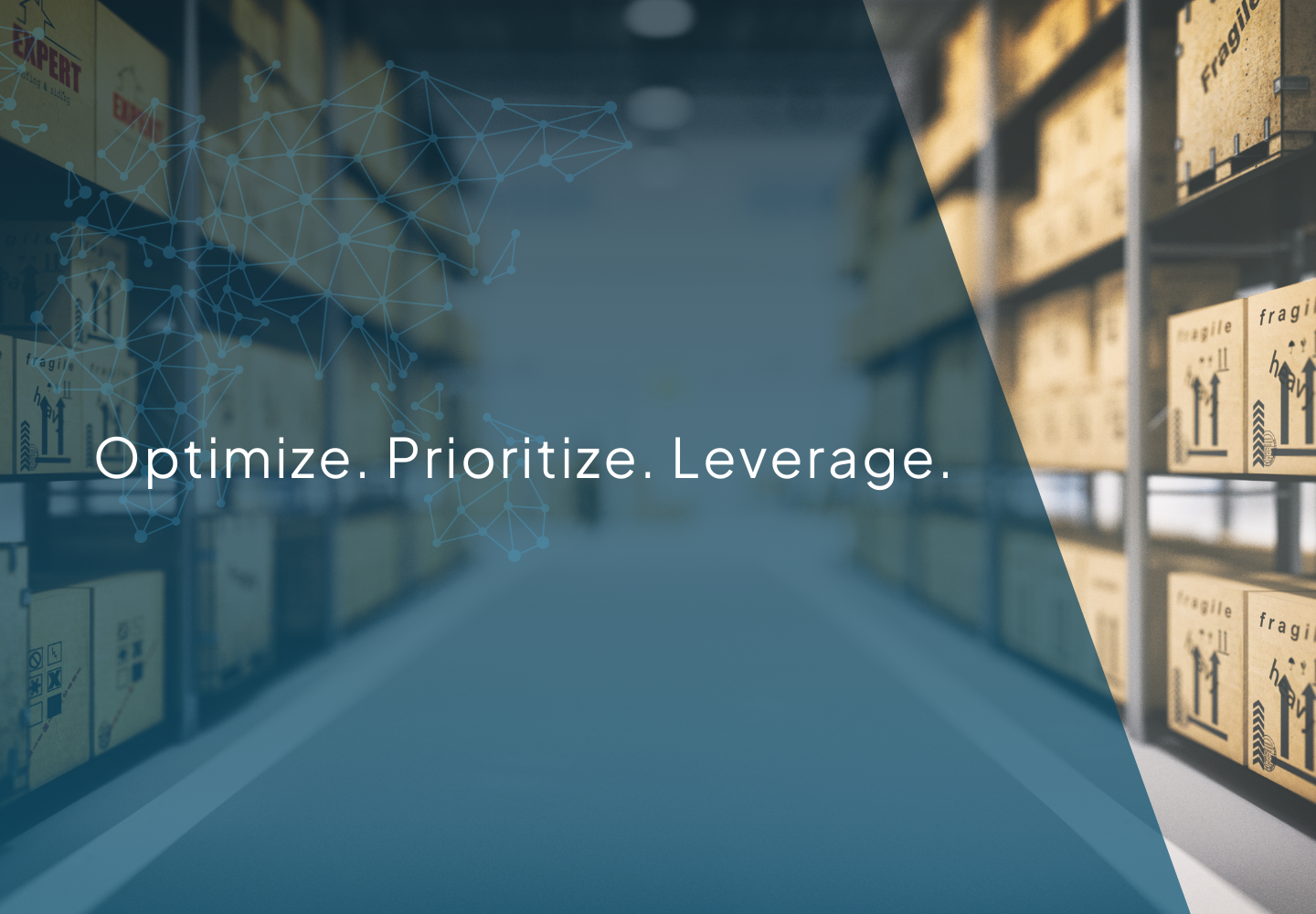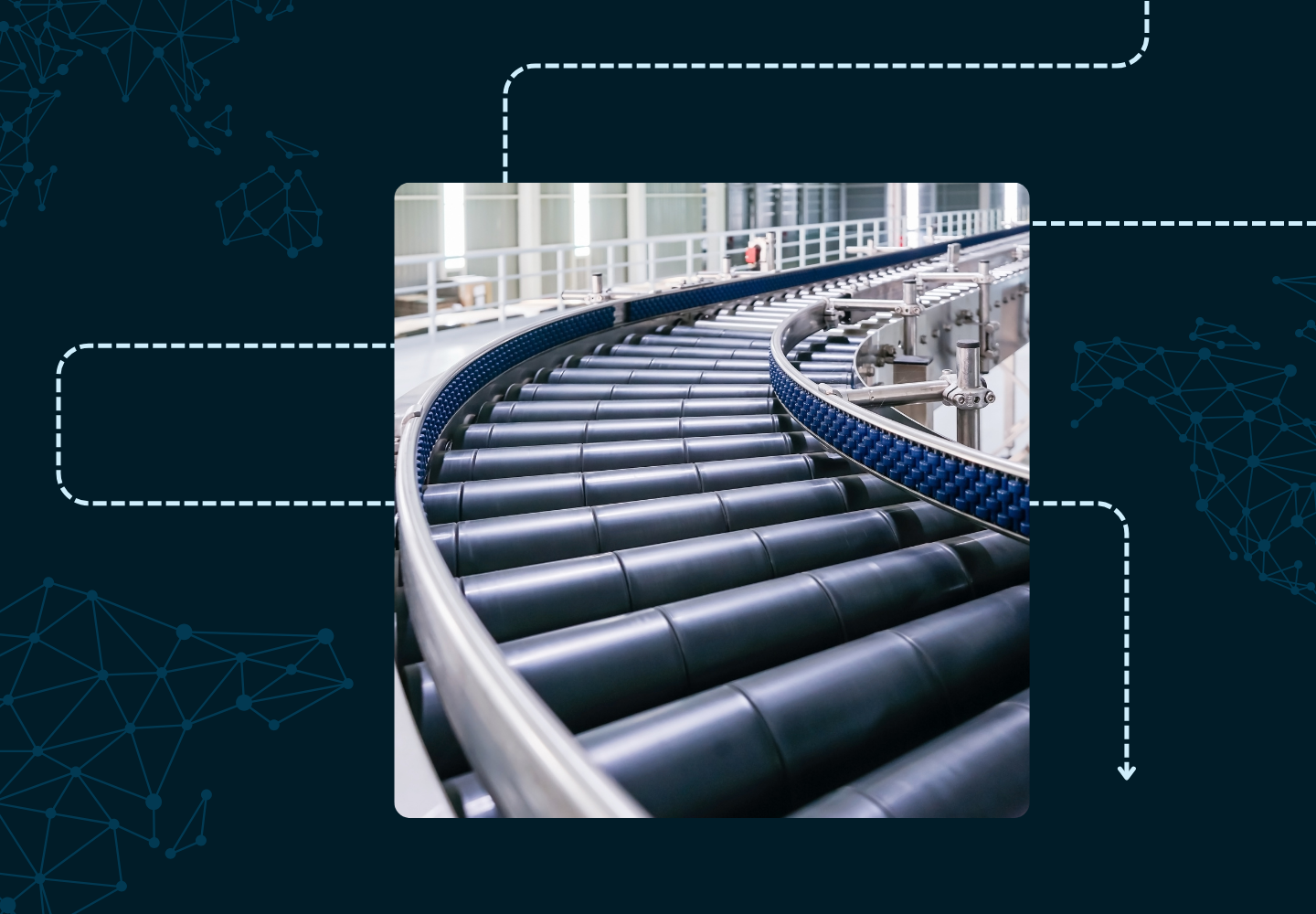The demand for third-party logistics (3PL) warehouses has surged dramatically since the onset of the pandemic, largely driven by increased e-commerce activity and evolving consumer expectations for rapid and efficient order fulfillment. This rapid growth has compelled 3PL providers to continuously seek innovative ways to efficiently manage their expanding businesses. Optimizing warehouse operations remains crucial to sustaining growth, enhancing profitability, and meeting increasing client demands. Below, we explore four critical areas that every 3PL must prioritize.
1. Optimize organization
Effective warehouse management is built upon exceptional organization. A meticulously organized warehouse reduces errors, maintains clear inventory visibility, enhances productivity, and significantly reduces the risk of workplace injuries. An organized environment also improves employee morale and operational efficiency.
Inventory zones
Segment inventory zones according to order velocity (fast, medium, slow movers). This ensures streamlined picking processes and easy accessibility of frequently ordered items.
Pick paths
Optimize pick paths through systematic route planning, significantly reducing unnecessary movement and cutting down fulfillment times.
Vertical storage
Utilize vertical storage solutions to effectively maximize available space. This practice helps maintain clear, uncluttered aisles, facilitating smoother warehouse operations.
Slotting analysis
Conduct regular slotting analyses quarterly to continuously optimize your warehouse layout in response to evolving business demands and customer requirements.
Expert Tip: Implement dedicated audit teams to conduct weekly checks on high-risk or high-value inventory, proactively addressing potential issues before they escalate into significant problems.
2. Prioritize inventory accuracy
Accurate inventory management extends far beyond simply tracking products—it encompasses robust strategies designed to minimize errors and reduce waste, optimizing overall warehouse performance.
Barcode scanning
Adopt barcode scanning and RFID technology to minimize manual entry errors, dramatically improving accuracy and operational efficiency.
Cycle counts
Implement cycle counting procedures, especially for high-turnover products. This approach ensures continuous, real-time inventory accuracy, reducing reliance on annual physical counts and significantly lowering the risk of costly discrepancies.
FIFO or LIFO
Strategically select your inventory accounting method (FIFO or LIFO) based on client needs and inventory characteristics. Effective communication and transparency with clients regarding your chosen methods can enhance trust and operational clarity.
Lean inventory
Educate clients about lean inventory practices. By promoting lean inventory strategies, you can reduce unnecessary storage space utilization, streamline warehouse operations, and enhance responsiveness to fluctuating market conditions.
Expert Tip: Regularly synchronize online inventory systems with physical stock checks. This alignment maintains operational accuracy and supports informed decision-making.
3. Leverage technology
A sophisticated and integrated technology stack is essential for modern 3PLs. Advanced software solutions significantly enhance warehouse automation, reduce operational costs, and improve overall efficiency, enabling 3PLs to remain competitive in an increasingly demanding market.
Warehouse Management Systems (WMS)
Implementing a WMS centralizes warehouse operations and inventory tracking, offering real-time visibility and control over inventory movements and warehouse workflows. These systems are crucial for minimizing human error and optimizing labor management.
Order Management Systems (OMS)
An OMS coordinates order fulfillment processes across multiple sales channels and clients. It simplifies complex multi-client fulfillment processes, ensuring accurate, timely deliveries and enhancing customer satisfaction.
Enterprise Resource Planning (ERP) systems
ERP solutions integrate broader business functions, such as accounting, procurement, and human resources, providing comprehensive oversight of all business operations. Integration with WMS and OMS systems allows for improved efficiency, accuracy, and strategic decision-making.
Carrier management systems
Centralizing carrier management with a specialized shipping software for 3PLs can automate crucial tasks such as label creation, rate shopping, and packing list generation. Utilizing a robust shipping API or a pre-built shipping integration to connect these features to your existing systems can significantly reduce manual labor, streamline processes, and improve accuracy and cost efficiency.
Business Intelligence dashboards
Utilize predictive analytics and demand forecasting tools to accurately manage inventory levels, reduce excess stock, and swiftly adapt to market fluctuations. Effective forecasting prevents shortages, minimizes storage costs, and optimizes supply chain responsiveness.
4. Considerations for growth
Continuous staff training
Regularly train warehouse personnel in updated best practices, new technologies, and safety standards. Continuous professional development fosters an engaged workforce capable of adapting to new challenges.
Establish performance metrics
Implement and regularly monitor key performance indicators (KPIs) such as order accuracy, inventory turnover rates, fulfillment speed, and employee productivity. Monitoring these metrics ensures ongoing optimization and quick identification of areas needing improvement.
Prioritize customer communication
Maintain open, transparent communication with clients, providing them with real-time updates and access to inventory and order status information through an integrated package tracking system. Strengthening client relationships fosters long-term loyalty and growth.
The path forward
The third-party logistics sector continues its rapid evolution, offering substantial opportunities for growth and optimization. Whether you are an established provider or new to the industry, proactively refining your organizational strategies, inventory management, and technological integration positions your 3PL business to thrive amidst growing market demands. Prioritizing these areas ensures not only sustained growth but also long-term success in a competitive logistics landscape.




.svg)
.svg)
.svg)

.avif)

.avif)